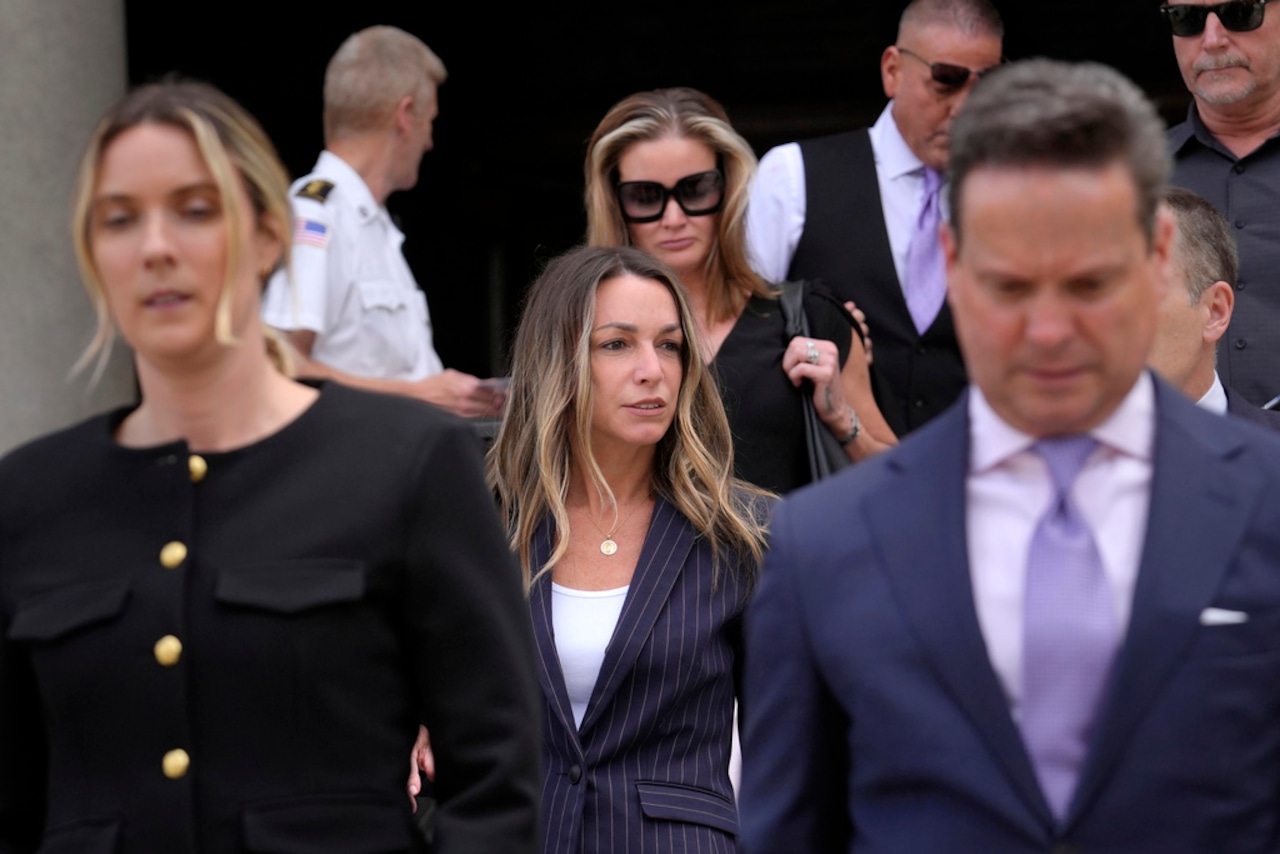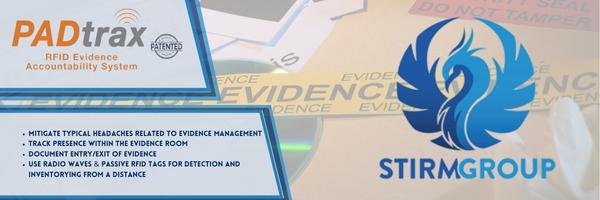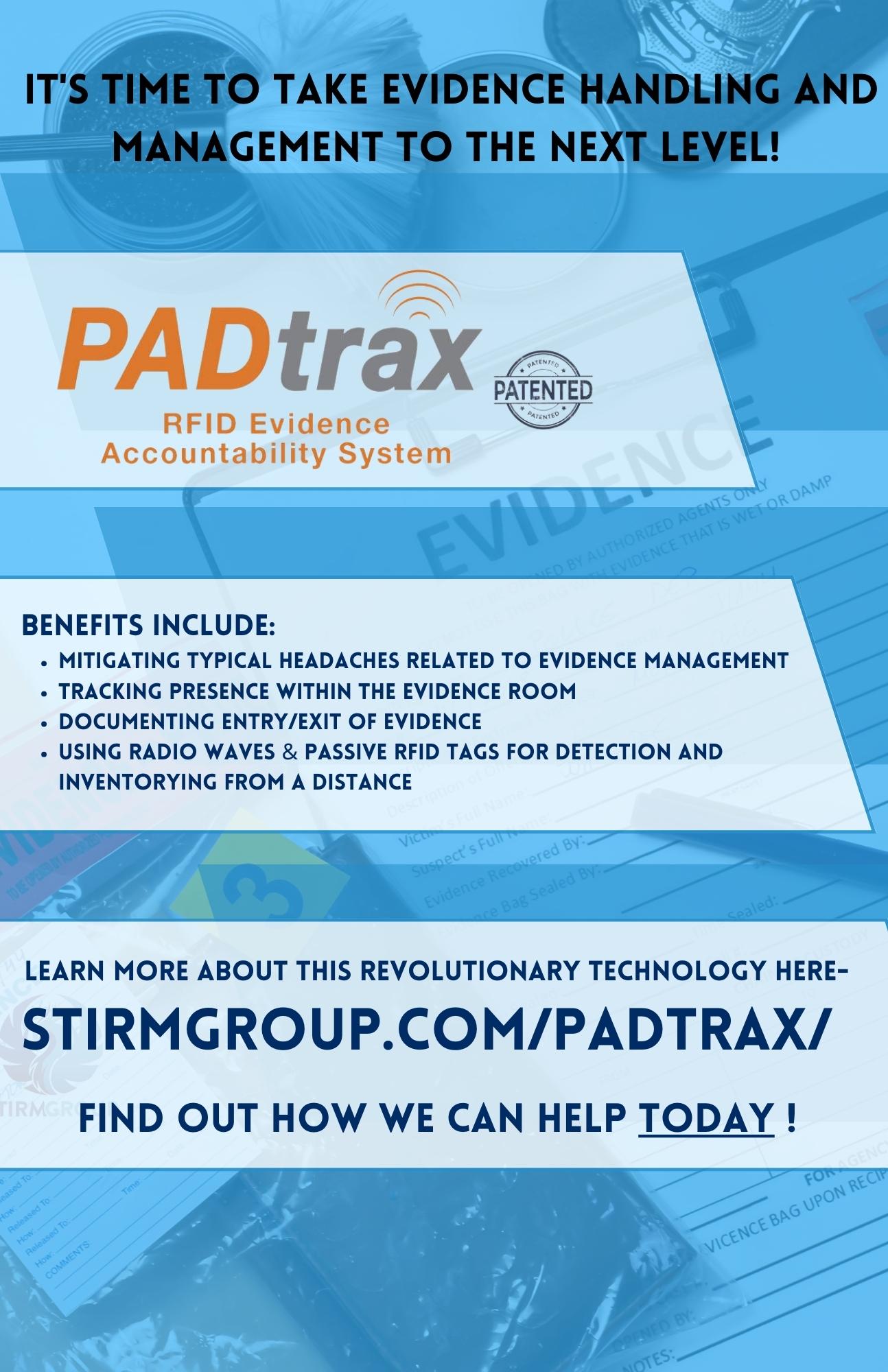
Do you believe Karen Read should have to prove her innocence? Do you believe law enforcement officers are generally fair and accurate in their investigations? Have you already started to make up your mind about this case?
These are just a few of the questions more than 100 potential jurors will be asked on Tuesday as jury selection in Karen Read’s second trial begins — a process that will almost certainly take several weeks given the intense publicity surrounding the case.
Read, 45, is charged with second-degree murder, manslaughter while operating under the influence and leaving the scene of an accident causing injury or death in connection with the death of her boyfriend, Boston Police officer John O’Keefe.
Prosecutors say Read intentionally backed her SUV into O’Keefe in a drunken rage amid turmoil in their relationship, then left him to die in the snow outside the Canton home of a fellow Boston Police officer. But Read’s defense has claimed O’Keefe was beaten up inside the house, and his body was planted outside in an effort to frame Read.
In all, 275 potential jurors were summoned to Norfolk Superior Court for each day of the first week of jury selection, April 1 through April 4 — a higher than normal number due to the nature of the Read case. If a jury is not empaneled by the end of the first week of selection, 243 jurors have been summoned each day for the week of April 7 and beyond, according to a spokesperson for the trial courts.
Read’s case is not the only one in the courthouse, and inevitably not all jurors will be evaluated to serve in her case.
Each potential juror in the Read case will fill out a three-page questionnaire, asking them a series of questions about specific aspects of the case and whether they have an opinion about it. From there, select jurors will undergo questioning by both the judge and the lawyers.
Reporters will not be allowed to describe the jurors during the trial.
During Read’s first trial, Cannone sat 17 jurors, 12 of whom were picked to deliberate. Over the nine-week trial, three jurors were dismissed, including one on the day of closing arguments. A number of jurors greater than the number needed to deliberate are selected to ensure a case can continue if a juror drops out.
Read’s second trial is expected to run about six weeks of full trial days, with prosecutors shortening their case and Read’s defense expanding theirs.
It’s not known how many witnesses will be called, but a combined witness list includes 150 names.
Read has also led a series of unsuccessful bids to get the murder and leaving the scene charges dropped on double jeopardy grounds. Jurors from her first trial told lawyers for both sides they agreed to acquit her on those charges but didn’t know they could return a partial verdict.
The motion to dismiss the charges was first denied by Cannone, whose ruling was upheld by the Supreme Judicial Court. A subsequent petition to the U.S. District Court in Boston was denied, and the ruling was upheld by the First Circuit Court of Appeals. Read could take the case to the U.S. Supreme Court but there is no indication she will do so.
Read also faces a wrongful death lawsuit filed by the O’Keefe family. The case is largely paused until the criminal trial is over.






